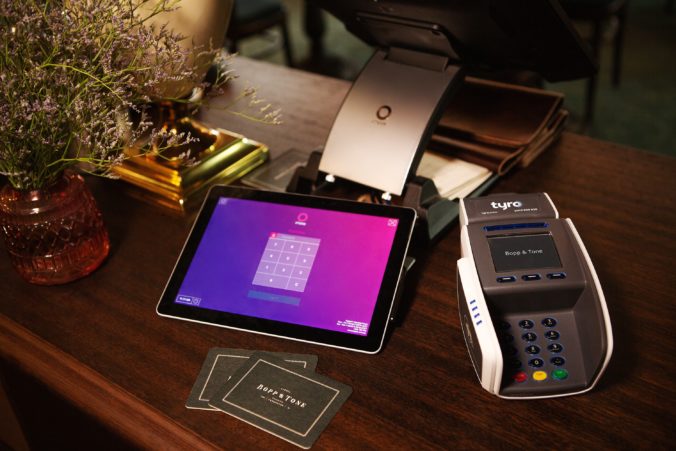How small businesses can use the tax benefits to upgrade their payment tech


Having all your IT systems connecting and up-to-date means fewer late night worry sessions and more time for making your business successful. Having the latest operating system will help everything run correctly, help keep your business information and customer data safe and secure plus it is so much easier to update when a new operating system update is available compared to having to install a brand new operating system. 1
When figuring out software requirements, talk to your peers and ask businesses in your network what they’re using and what’s worked for them (or hasn’t). These conversations alone could save you significant time and effort.
For those getting started, the OS is the main software that runs your computer or laptop. This is generally Windows or Apple and all other software and programs need to be compatible with the OS that is installed on your computer.
For protecting your OS, Anti-virus software is a must these days. Designed to protect your computer and laptop from virus’ and malware, which are malicious programs that can harm your systems and even possibly steal your business and customer information, there are many options available depending on cost and feature set.
It’s highly recommended that you invest in the latest version of any operating system. Why? It’ll help keep your systems safe and save you time, stress and possibly money in the long run. It’s worth remembering to check for updates regularly (you might even be able to subscribe to a notification reminder).
For example, Microsoft stopped supporting one of their older operating systems “Windows 7” on January 14, 2020. By discontinuing this support, if a new security flaw or bug is discovered in Windows 7, Microsoft will not be releasing new software to address the flaw or bug. This means that if any businesses are still running any of their systems on Windows 7, such as their Point of Sale system, they may be vulnerable to security risks.
Having the right Point of Sale (POS) – if you are in retail or hospitality or Practice Management system (PMS) – if you are in the health or service industry, helps to run your business more smoothly. From sales and transactions, customer record keeping, inventory management or even employee scheduling, your POS/ PMS keeps these things in order. To learn more, Check out Tyro’s POS recommendation tool to see which one bests fits your needs.
Also many of these provide insight into your day to day and can connect into your back end software like your accounting software and inventory management software, if not done in your POS/PMS
Many POS/PMS systems run on either a Windows or Apple computer or tablet. So the key points made above in Step 1 apply: Ensure you have the latest operating system and some sort of antivirus software installed.
Two of your most valuable assets in your business are your business information and the systems supporting your day-to-day. If either of these are compromised and your data is breached, not only could you lose information and have to report the breach to regulators, you could lose customers, revenue and do irreversible damage to your company. To ensure these assets are protected, you need to have a few things in place.
If possible, its best to have your business information backed up to 2 different locations. As an example one could set up daily backups to a cloud based security storage area and then as a precaution, perform weekly backups to a fileserver perhaps on premises. You could even make another copy and store that in a safe place – perhaps offsite.
Some of these come with your OS, others you will need to install separately
The federal government’s business.gov.au portal has a wealth of information and tutorials on cybersecurity. We’ve really only scratched the surface above.
Don’t go it alone, find the right IT experts to surround yourself with. It’ll save you time and money over the long run. They could even help you learn how to install and update your software if you are keen to learn.
As always, if you have any questions, please don’t hesitate to contact us on 1300 00 TYRO (8976) or cs@tyro.com
Apple is a trademark of Apple Inc., registered in the U.S. and other countries.
You may also like
Australian-based 24/7 support